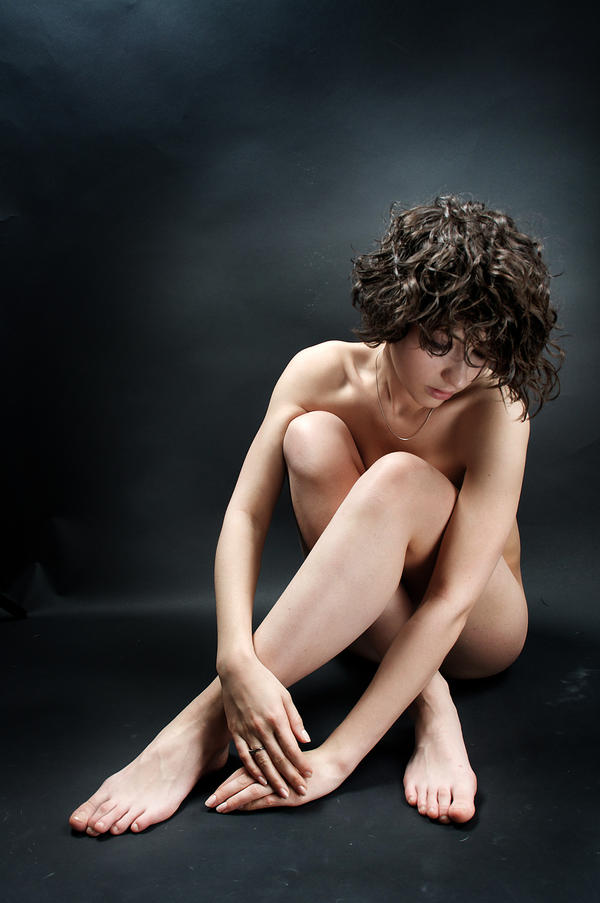I had a go at printing a model of her in the grey ABS which I had been using recently but was disappointed to see that the print was badly split in several places.
I have been reading about some people who have been experimenting with printing in a new nylon material called Taulman 618. One of the claimed advantages is its superior layer bonding with greater resistance to delaminating. I thought I would give it a try.
So, what are my first impressions of printing with nylon?
Positives:
- No odour
- Sticks well to blue painter's tape even on a cold bed
- Nice smooth surface with a lovely sheen
- No delamination at all
- Much more flexible (less risk of breaking)
Negatives:
- Support material is harder to remove
- Strings are tricky to remove
- No way of smoothing the surface yet
- Much more flexible (less statue like, more bendy toy)
Will I be using it again?
Definitely!





























